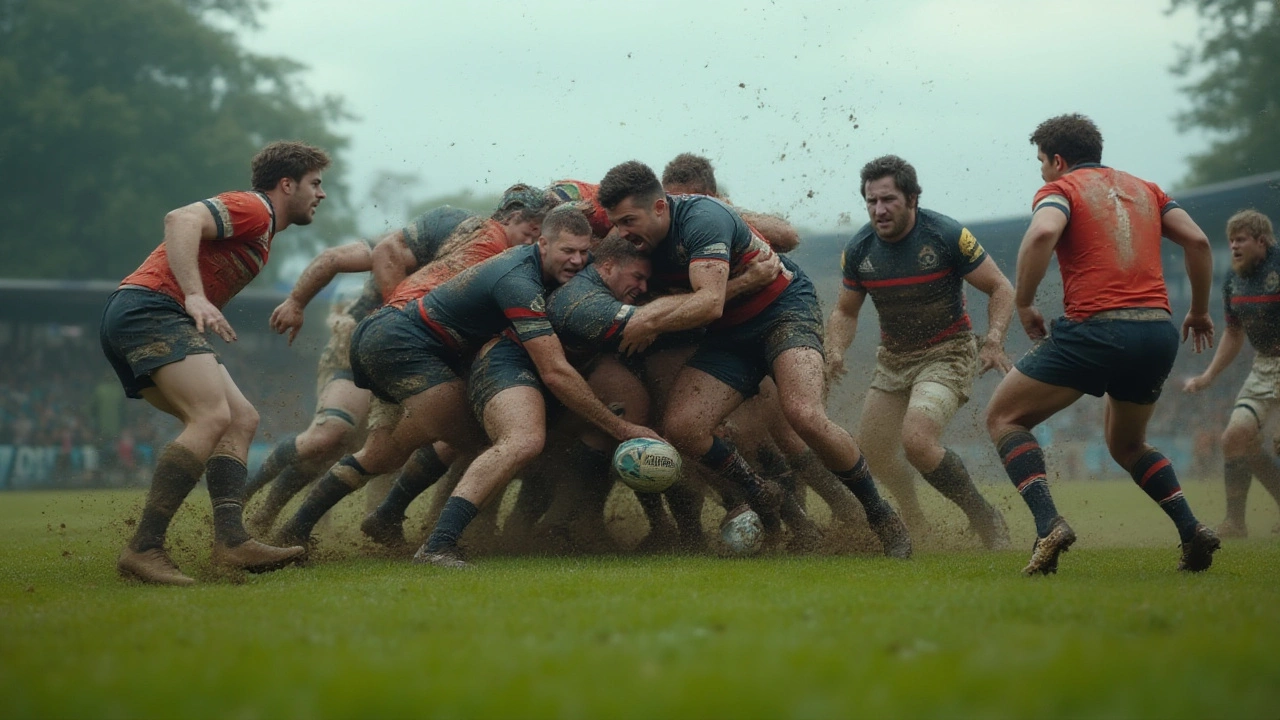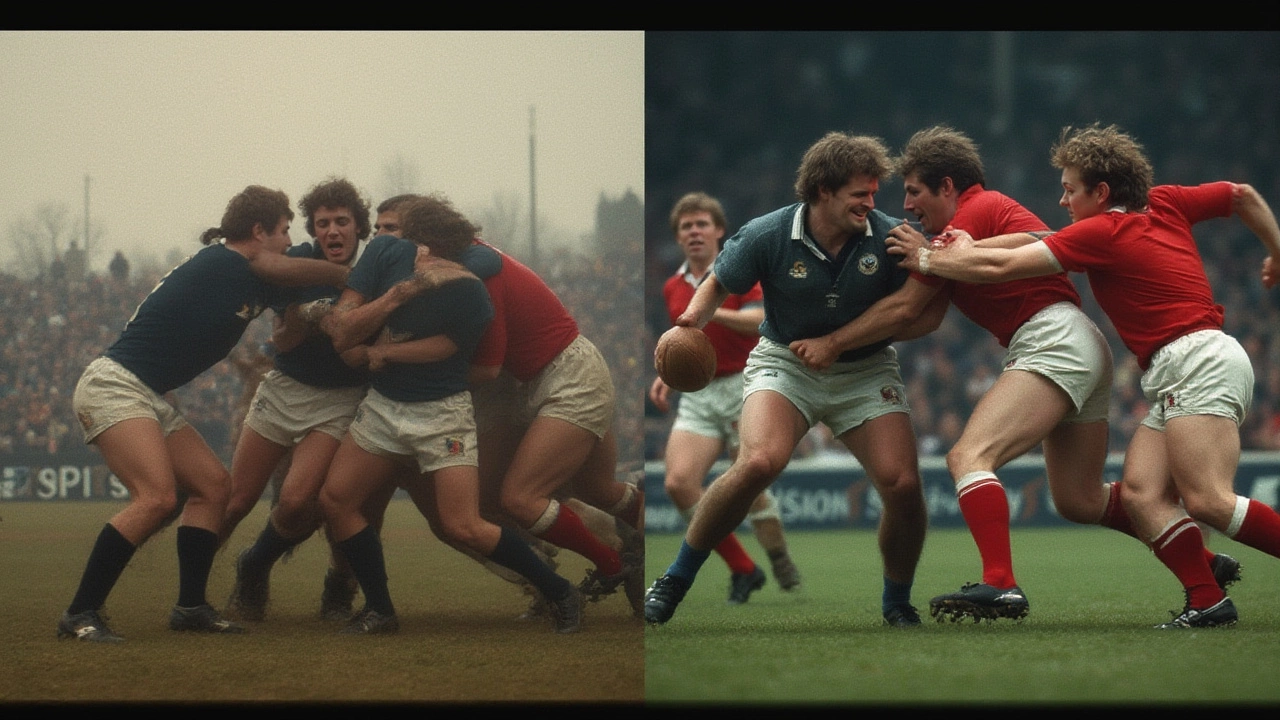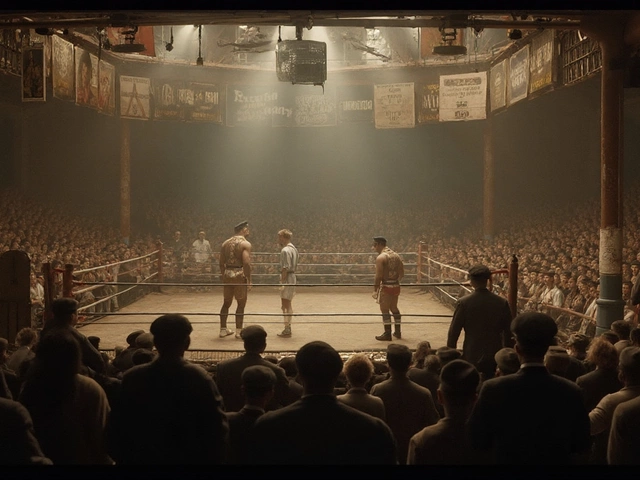Hardest Rugby Positions: Breaking Down the Toughest Roles on the Field

You line up for kick-off, heart pounding, grass under cleats. No matter how fit or fearless you are, rugby will test you like nothing else. But some positions crank up the pressure. Ask five rugby diehards which role is the hardest, and you'll get five passionate, probably heated, answers. Players have nearly scrapped at the bar over this. If you ask coaches and medics, they’ll tell you the same: certain positions chew you up and spit you out, physically and mentally.
What Makes a Rugby Position 'Hard'? The Brutal Truth
Define "hardest" and you open a can of worms. Are we talking about the hits you take? The lung-busting sprints? The relentless thinking and decision-making? In rugby, every spot has a nightmare element, but when you break down the demands, a handful stand out as monsters.
First, there’s the front row. Props (numbers 1 and 3) and hookers (2) are the anchor points of the scrum – a violent, controlled brawl that’s central to the game. Scrummaging means getting into impossible positions and shoving with everything you’ve got while eight guys do the same opposite you. According to a 2018 study from the Journal of Sports Sciences, front row forwards experience force equivalents up to eight times their body weight during elite scrums – to put that in context, it’s like a sedan mashing into your neck and spine every few minutes. Add to that the collisions in open play, the expectation to carry hard and tackle aggressively, and you see why front rowers often walk like they’re 70 by age 35.
Flip to the halfbacks – the scrum-half (9) and fly-half (10). They’re not usually the biggest, but the game ticks to their tempo. The scrum-half covers more distance and touches the ball more than anyone; most matches see elite #9s cover between 6 and 8 kilometers per game at full tilt, with hundreds of passes and decision points. Fly-halves need the ice-cold nerves of a bomb squad. If they mess up, the team’s attack implodes, the defense crumbles, and the crowd lets them know fast. Truth is, the mental side probably weighs heavier than the hits – you’re the on-field general, and every call is scrutinized.
Take a look at the back row – flankers (6 and 7) and number eight (8). These are the tackling machines. Openside flankers tackle upwards of 20 to 30 times per game at the elite level, always racing to where the action is hottest: breakdowns, jackals, steals. They get beaten up every single phase – it’s not a question of ‘will I get hurt’, but ‘how badly’ and ‘how many times’. There’s a reason many opensides retire early or struggle with post-career injuries.
Then you’ve got the fullback (15). It looks comfy until you’re standing under a spiraling bomb, hearing a herd of 100kg backs galloping towards you. One misjudgment, one fumble, and the whole stadium gasps. The margin for error is minuscule, and the pressure is relentless. You have less time to react than you think: research by World Rugby found most top-level fullbacks have about 1.5 seconds to read a kick and position for the catch. That’s the same time F1 drivers take to start reacting to a green light. Not much, especially when you factor in wind, floodlights, and hostile crowds.

The Case for the Hardest: Front Row vs. Openside Flanker vs. Fly-Half
The truth? There's no scientific chart that spits out the hardest spot. But let's pit the three common contenders against each other: front row, openside flanker, and fly-half.
Hardest rugby position for forward workhorses goes to front rowers. Ever watch scrummaging battles at Six Nations or Super Rugby? The carnage is real – cauliflower ears, noses that zigzag, shoulders patched with tape. Studies show that props average more tackle contacts than any other forwards, and their injury rates spike, especially for neck, shoulder, and lower back traumas. That’s without mentioning the mental pressure of making sure your scrum doesn’t collapse and cost your team a penalty.
The openside flanker (7) is relentlessly on the move. Wales’ Sam Warburton famously lost 19kg after retiring, showing just how much muscle these players need to just survive a season. Modern opensides such as Michael Hooper and Tom Curry regularly hit double-digit tackle counts while carrying and playing link man between forwards and backs. They call themselves “body-on-the-line” players for a reason: they get hammered every phase and have to bounce straight up for the next one.
Now, the fly-half at 10, often called the team’s quarterback, wears the pressure of guiding the attack. Make a bad pass or misread the defense, and you cost your team the game. Jonny Wilkinson, famous for winning the 2003 World Cup with a last-second drop goal, reportedly couldn’t sleep for nights before tests, so focused and nerve-wracked he’d become. It’s a dance between vision, decision-making, and having the toughness to take huge hits from rampaging flankers and centers.
So, which takes the crown? Many old-schoolers argue for the front row, because you can play without a creative fly-half, but not without solid scrummaging. Others would say openside flanker, for sheer pain tolerance and endurance. But you won’t hear a front row or fly-half ever admit the other has the harder gig – the pride in your position trumps all.
One thing’s for sure: every position has a unique brand of suffering. But if you’re picking the one that chews players up and spits them out, most elite coaches (and the history books) point to the front row – the engine room, where games are won, and backs line up to thank them for the dirty work.

Surviving the Hardest Rugby Spot: Tips and Essential Facts
Ready to survive (or even thrive) in rugby’s toughest positions? You need more than just brute strength or raw speed. Here are the battle-tested tips, gathered from top players and some hard-earned scars:
- Embrace Recovery. The front row gets hammered — ask any pro. Ice baths, stretching, and regular physio aren’t optional. Props who skip these steps end up in surgery, not on the pitch.
- Work on Technique, Not Just Muscle. In the scrum or ruck, perfect form protects your joints. “Head up, back flat,” as coaches bark, is about safety more than style.
- Quick Decisions Matter. Fly-halves spend hours watching video not just for set plays, but to spot defensive weaknesses. Train your mind: reaction drills, not just gym lifts.
- Protect the Neck. Ex-pros who played front row will tell you to train your neck muscles like you would your biceps. A strong neck helps cushion the high-impact force.
- Fuel Like a Machine. Opensides can burn up to 1000 calories per match. Top-level players eat six or more times a day during intense weeks – think rugby isn’t about food? Think again.
- Mental Resilience. If you crack under pressure, you won’t last at fly-half or fullback. They practice mindfulness and visualization – not just gym time, but also head space time.
- Wear the Scars with Pride. Nearly every elite player has stories of stitched lips, busted cartilage, or “stinger” nerve injuries. The hard jobs build toughness you carry for life.
| Position | Avg. Tackles per Game | Avg. Distance Run (km) | Common Injuries | Max Force in Scrum/Collision (kg) |
|---|---|---|---|---|
| Prop | 10 | 4 | Neck, Shoulder, Lower Back | >1200 |
| Hooker | 12 | 5 | Neck, Concussion, Arm | >1100 |
| Openside Flanker | 25 | 7 | Knee, Shoulder, Concussion | 800-1000 |
| Fly-half | 8 | 6 | Concussion, Ankle, Rib | 600-800 |
| Fullback | 6 | 8 | Hamstring, Concussion, Shoulder | 500-700 |
If you’re picking the hardest rugby job? Go front row for the mix of pure pain, pressure, and the fact that nobody else can swap in without training for years. But don't forget—every jersey brings its own unique hell. That’s rugby: brutal, beautiful, and definitely not for the faint of heart.




